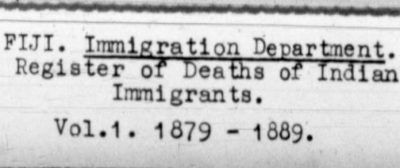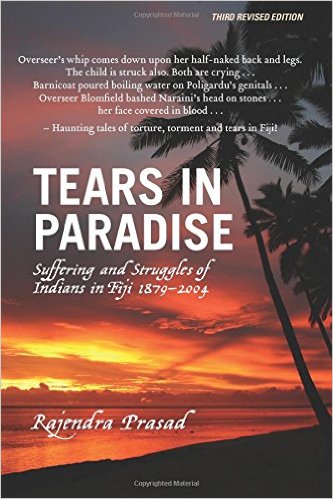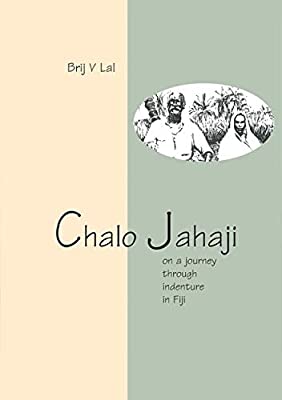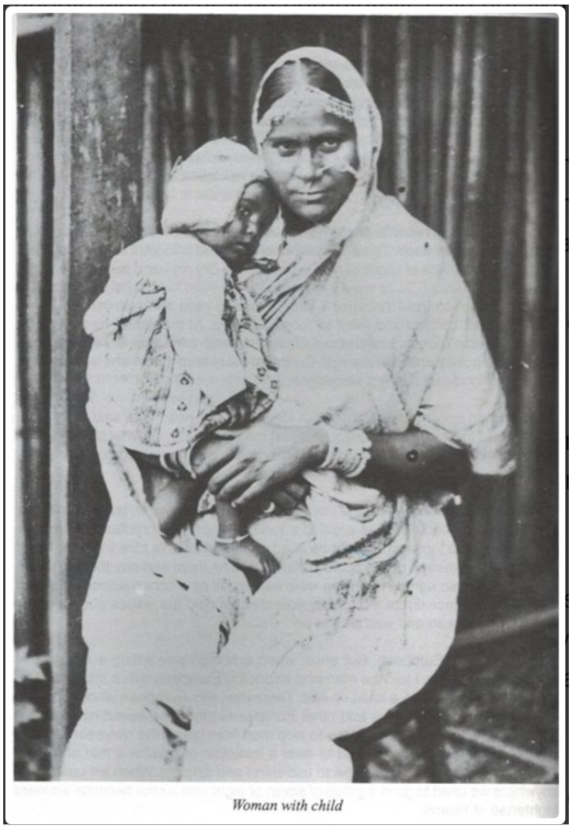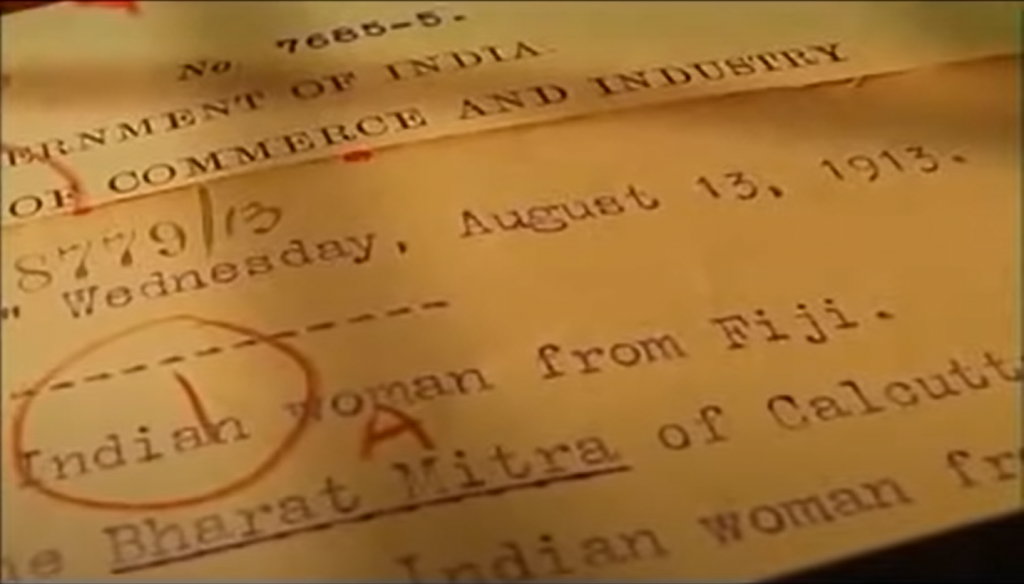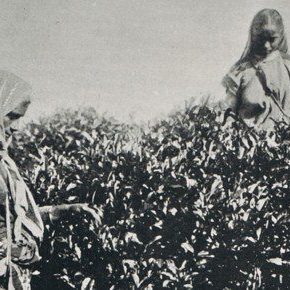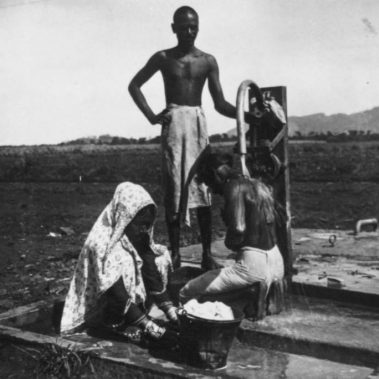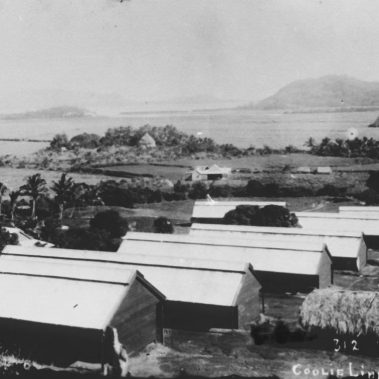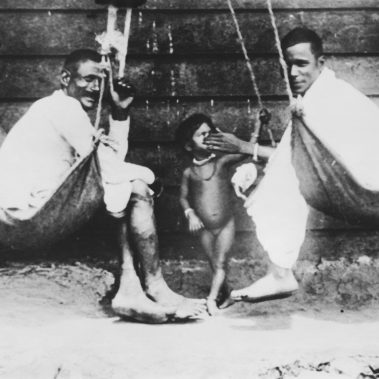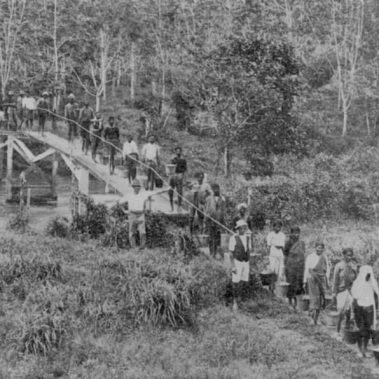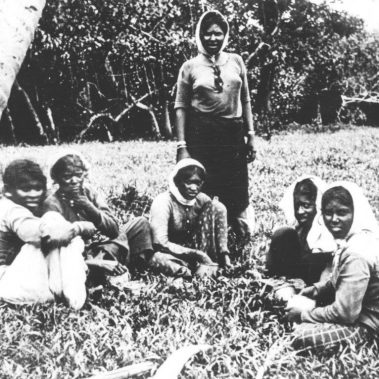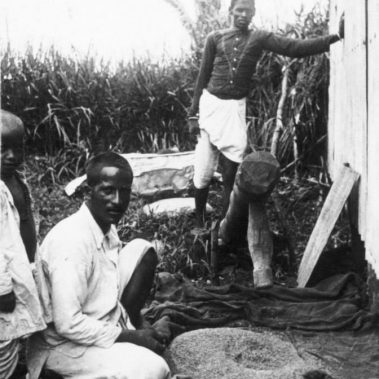How to search for an Immigration Pass?
To trace the immigration pass of your ancestors, you will need the following details:
- The name of the Girmitiya and the name of the Girmitiya’s father
OR
- The name of the Girmitiays and the ship they arrived in Fiji.
If you don’t have the ship’s name, it may help if you know the year your ancestors arrived in Fiji. These critical details can often be acquired through dialogue with elderly relatives or neighbours who may have directly interacted with the Girmitiyas or recall hearing accounts about them. Regrettably, this knowledge is rapidly fading as the older generation diminishes.


